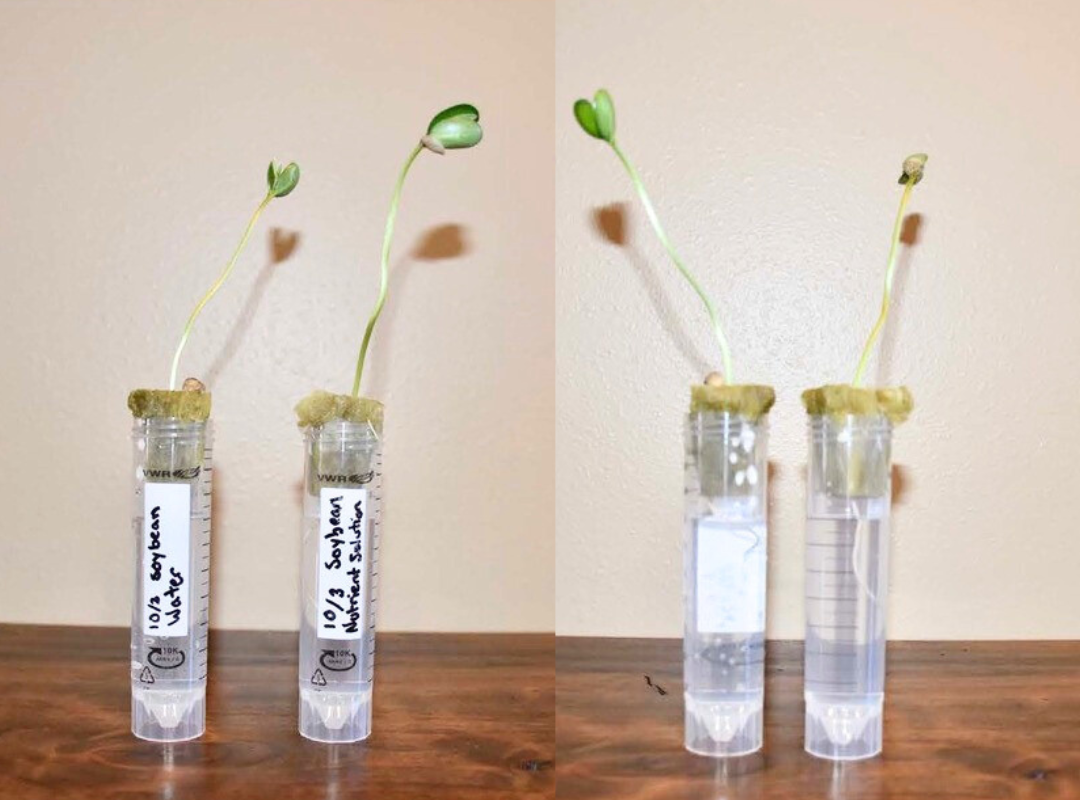
Test Tube Hydroponics (Grades 6-8)
Investigate the importance of nutrients to support plant growth and discover how plants grow without soil by growing and observing plants in a test tube hydroponic system.

Investigate the importance of nutrients to support plant growth and discover how plants grow without soil by growing and observing plants in a test tube hydroponic system.

Students will understand how photoperiodism impacts plants and animals in the environment and learn how egg farms use this science to manage the laying of eggs by their hens.

Explore the farm-to-fork process of food through the lens of careers. Students will make a career web to see the variety of careers and skill sets necessary to our food system. They will check their understanding by playing Career Trek—a board game that requires students to identify careers in agriculture and natural resources.
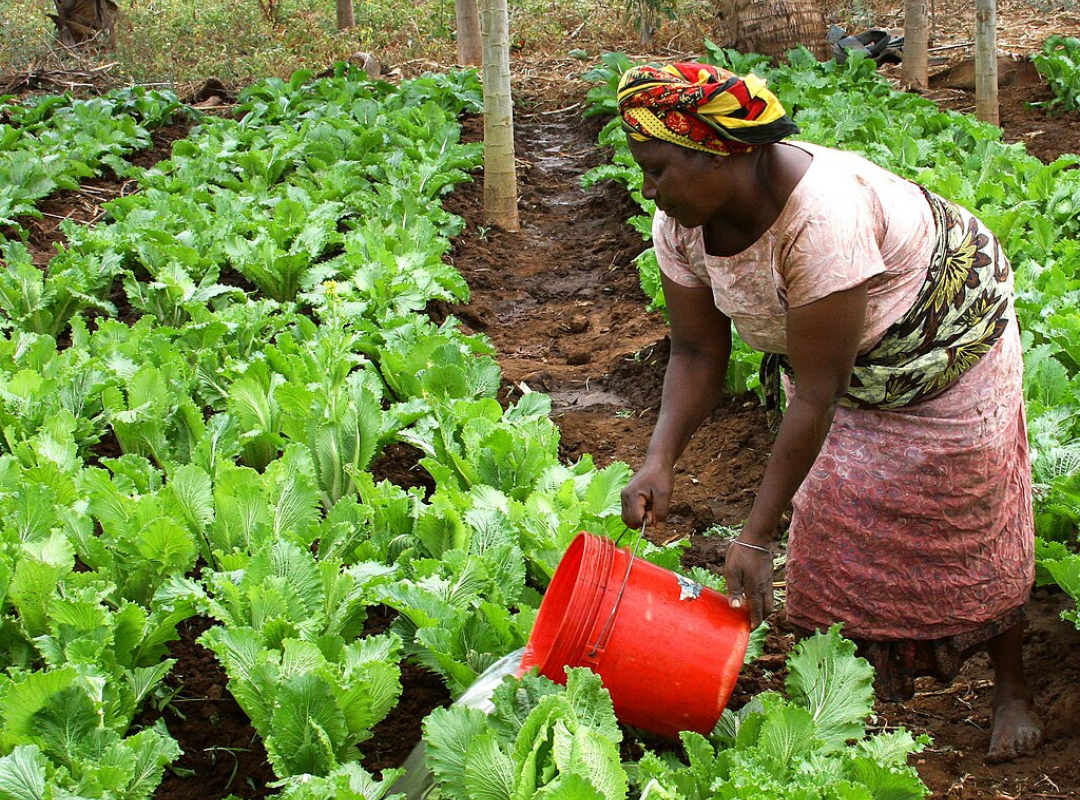
Students will investigate the number of women farmers globally and identify these farmers’ impacts on feeding the world's population.
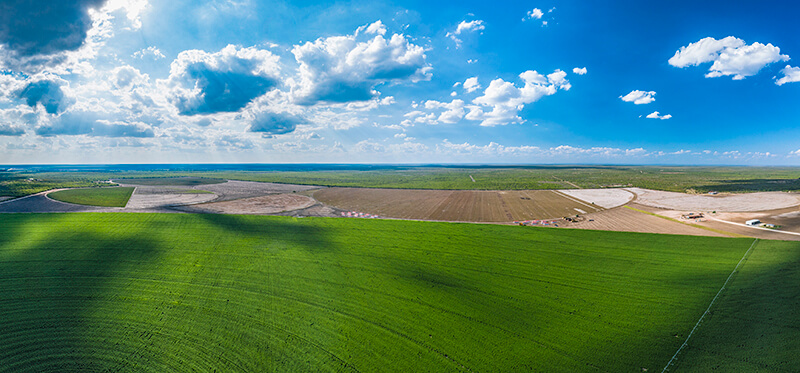
Students discover that there are many different types of farms that grow and raise a variety of products we use daily. Students investigate what farmers do.
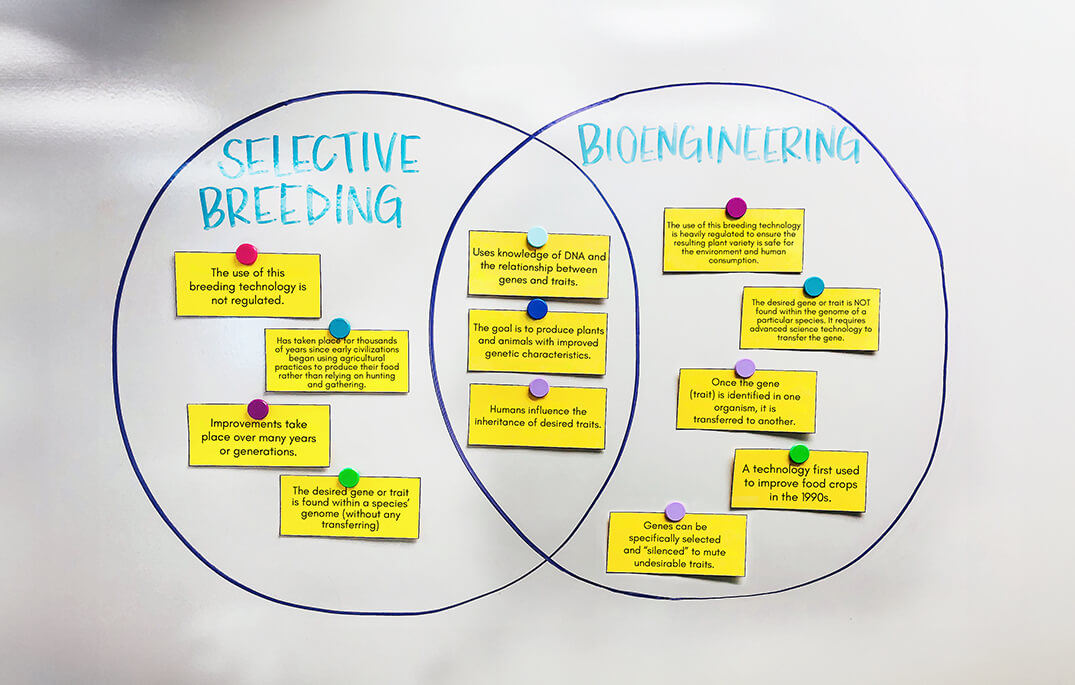
Students identify technologies that have changed the way humans affect the inheritance of desired traits in organisms; compare and contrast selective breeding methods to bioengineering techniques; and analyze data to determine the best solution for cultivating desired traits in organisms.
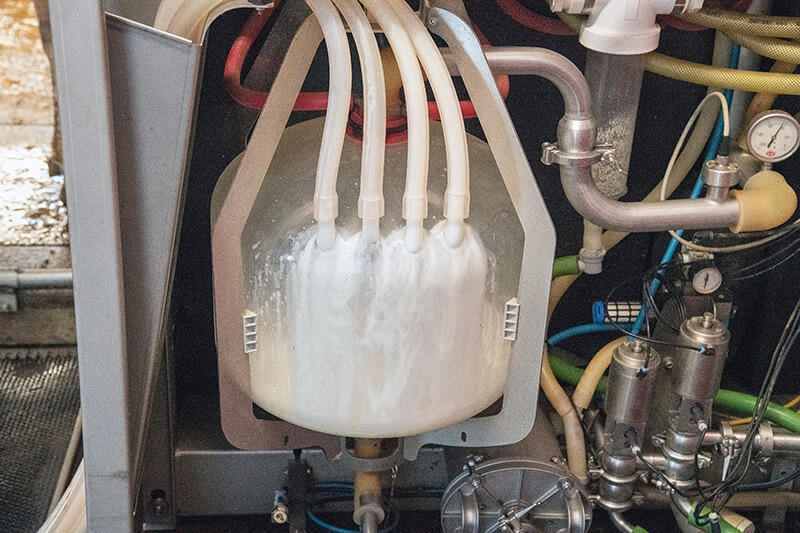
Students will explore milk production in the United States and explain the benefits of homogenization, pasteurization, and fortification of milk.
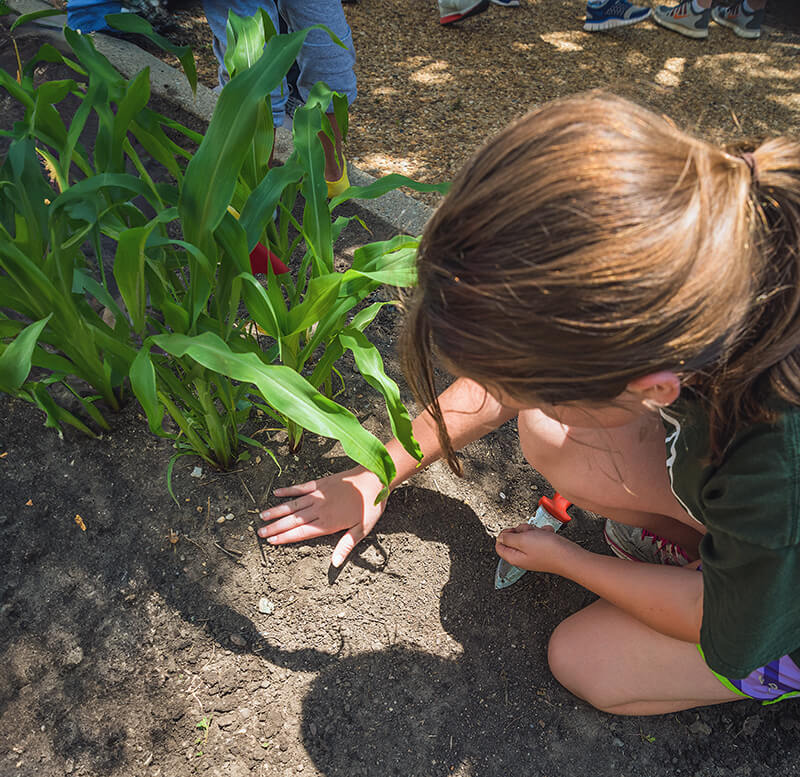
Students investigate the "three sisters" crops (corn, beans, and squash) and explore the benefits of planting these crops together.
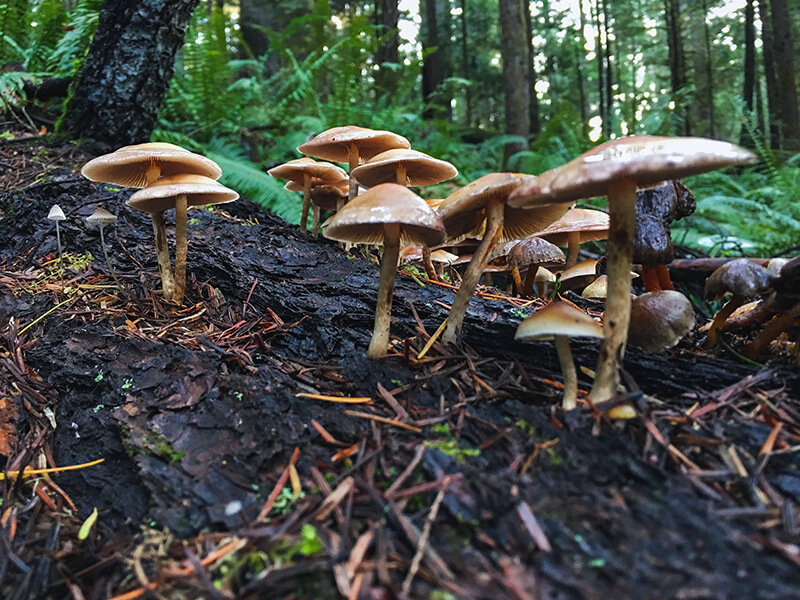
Students compare the differences between natural and managed ecosystems and describe ways in which farmers can protect agricultural ecosystems.
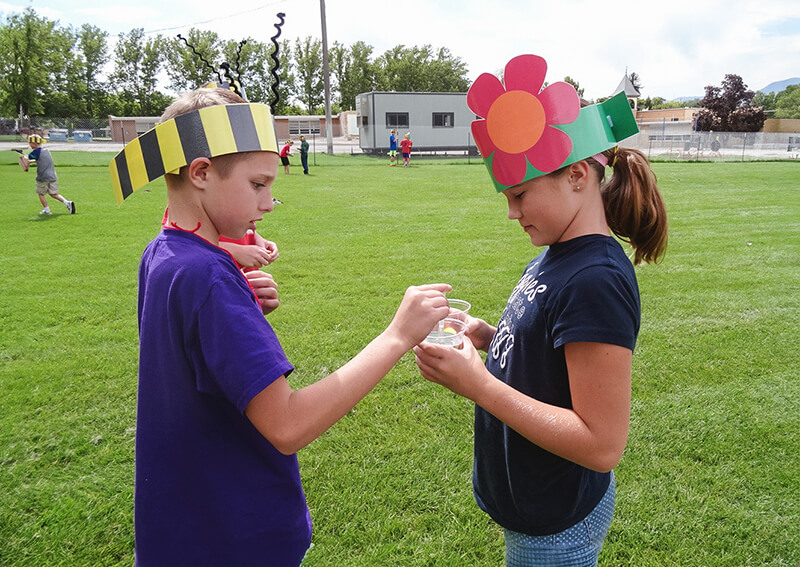
Students identify the parts of a honey bee, the stages of its life cycle, and its role in pollination.
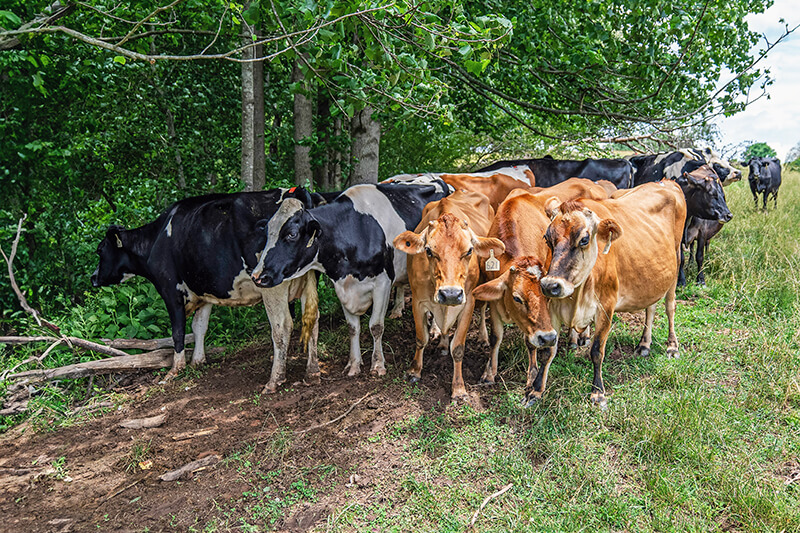
Students explore breed characteristics and countries of origin for five different breeds of dairy cattle and discover why dairy farmers choose individual breeds for specific purposes.
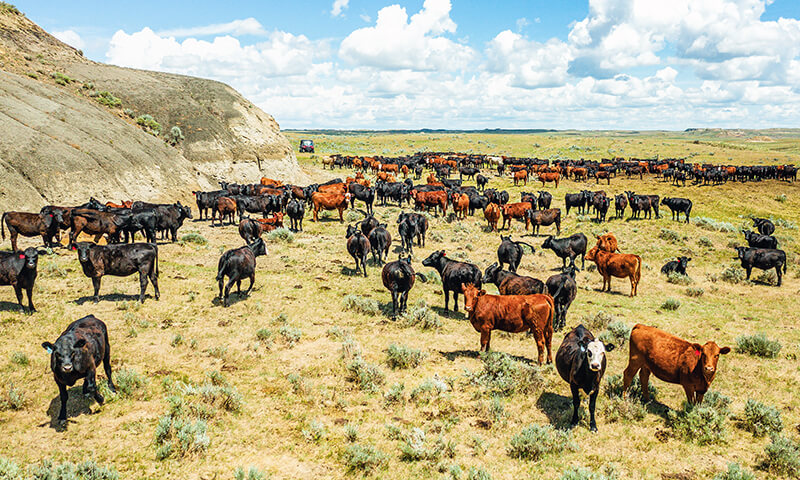
Students explain the value of the beef cattle industry, including the products cattle produce, the production process from farm to plate, and how cattle can utilize and obtain energy from grass and other forage.